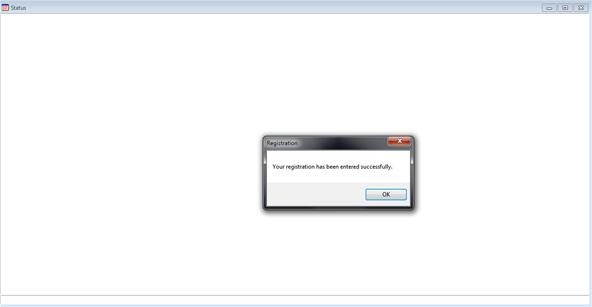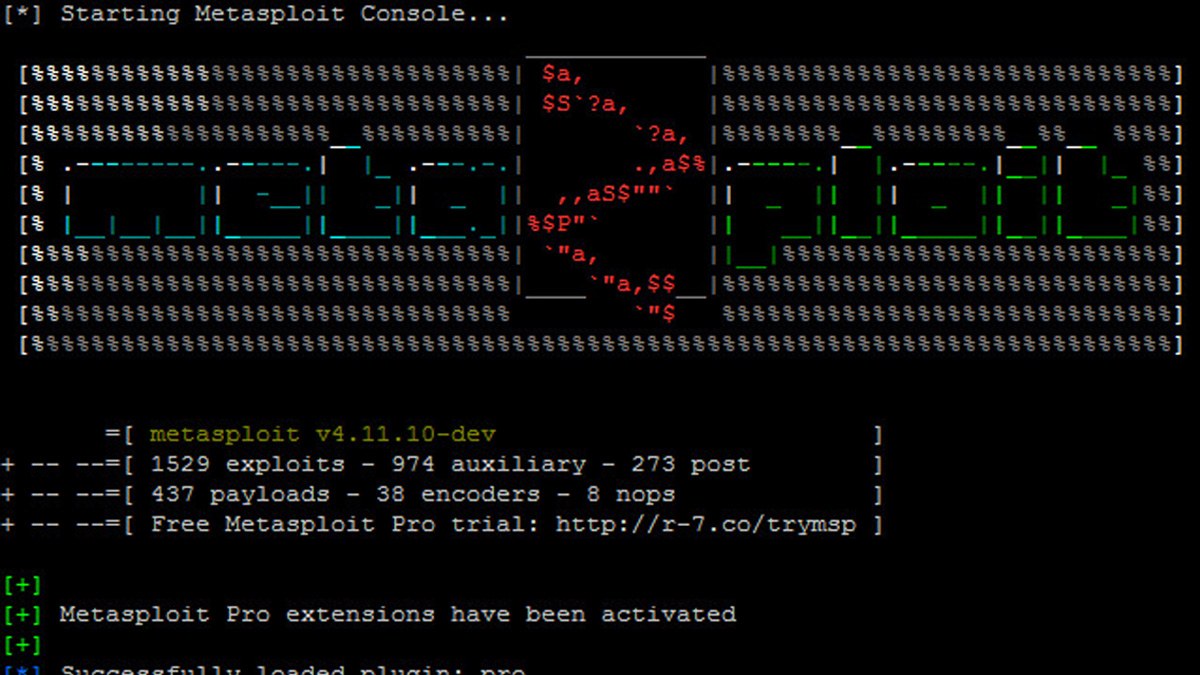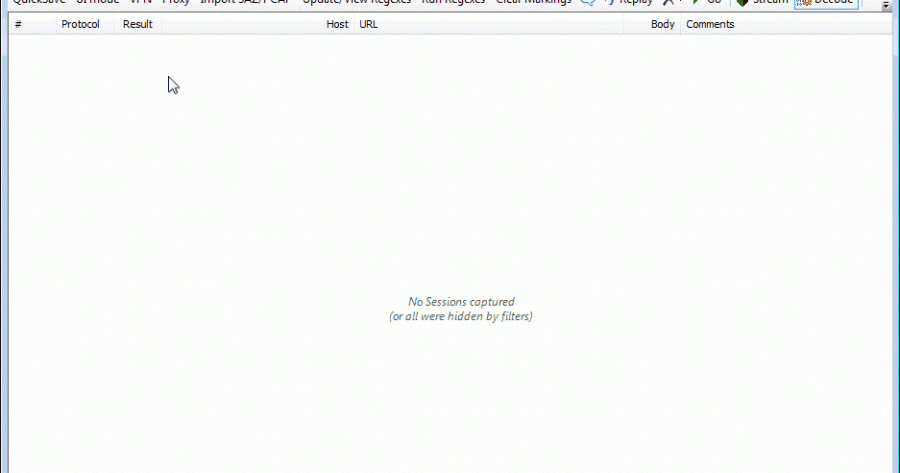If you’ve ever wondered how software pirates can take software and crack it time and time again, even with security in place, this small series is for you.
Requirements
Step 1 Test the Program
First, run the program that you are attempting to reverse engineer and try to activate it with a random key to verify that you need a valid software key to proceed. This is to verify that we can come up with the keys.
Step 2 Run the Program in a Debugger
Run ollydbg.
Open up the program you wish to bypass with ollydbg.
Click the play button to run the program with the debugger attached.
Right click the CPU window, and click Search For > All intermodular calls.
Search for high interest DLLs. GETDLGITEMTEXT, will be for dialog boxes, which get called when you try to enter a software key. By stepping into the function with the debugger, we can examine the registration specifically. SENDDLGITEM could be used as well.
Test to see which one works to break out of the activation loop by right clicking the DLL call and setting a breakpoint for all instances of that call.

Resume the program and enter any software key you feel like. If the debugger breaks (pauses the program’s execution) after entering your key, then you know you found DLL in step 5.
Press F8 back in the CPU window to force the next step until you get to the TEST EAX. EAX is the return of a value, which means that a check is being performed here. Upon examination, we can see that the EAX is checking for a number that is not equal to a null value. This means that if it is replaced with anything other than null, it will run.

Right-click the EAX and change it in hex value to 1, instead of 0.
Resume the program again, and you will have successfully activated the program.











